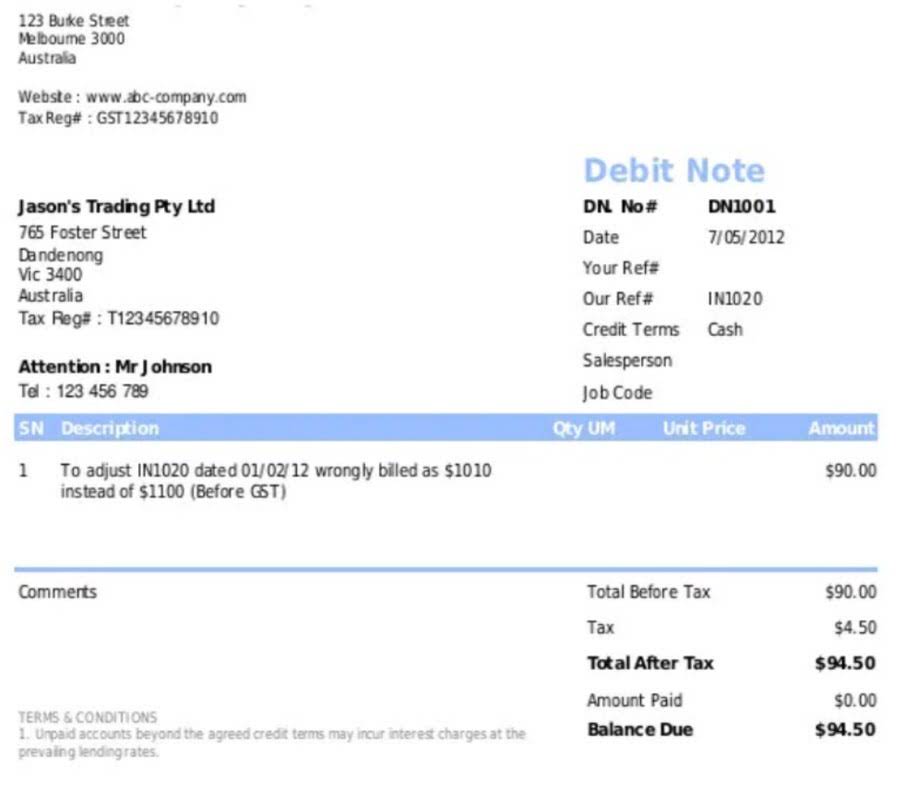
A reminder that expenses must be ordinary and necessary—common, accepted in the industry, and helpful and appropriate for your trade or business. The IRS has specific rules and regulations for business-expense deductions, outlined in publications such as Publication 535 and https://www.bookstime.com/ Publication 463. Ordinary expenses are common and accepted in your relevant industry, while necessary expenses are helpful and appropriate for your business. This comprehensive guide will walk you through everything you need to know about business-expense categories.
Capital Expenses
Expenses are the cost of various resources that are consumed in running a business. Save taxes with Clear by investing in tax saving mutual funds (ELSS) online. Our experts suggest the best funds and you can get high returns by investing directly or through SIP. Ensure that every dollar you spend works by prioritizing expenses that will help you grow and improve. It’s important to note that education and training expenses are subject to certain limitations and restrictions. Similarly, an employee could deduct the cost of continuing education courses required to maintain a professional license or certification.
What is an expense? Meaning, type and examples
These expenses are recognized and recorded in the financial statements to reflect the company’s obligations. Accrued expenses are typically short-term liabilities and are an essential part of the accrual accounting method. Anything you spend money on to operate your business and generate revenue counts as a business expense. Common business expenses include rent, staff wages, equipment, vehicles, payments to suppliers, and insurance. Most, but not all, expenses are deductible from a company’s income (revenues) to arrive at its taxable income.
Operating Expenses Explained: Types, Examples, Accounting, & More
- Cost of Goods Sold (COGS) is the cost of acquiring raw materials and turning them into finished products.
- An example of this is the legal expense incurred on the purchase of a building.
- For example, sale commission expenses will be recorded in the period that the related sales are reported, regardless of when the commission was actually paid.
- Operating expense, also known as OPEX, is the regular and recurring costs incurred by a business in its day-to-day operations.
- While most costs of doing business can be expensed or written off against business income the year they are incurred, capital expenses must be capitalized or written off slowly over time.
- Examples of frequent expenses include supplier payments, employee wages, factory leases, and equipment depreciation.
Administrative expenses are necessary expenses that a company must bear to keep its business afloat. To better understand a company’s financial health, it’s important to analyze this ratio over time and compare it with industry benchmarks. Be aware that the ideal OER may vary depending on the industry and the size of the company. Insurance plays a crucial role in protecting a business from potential risks such as property damage, theft, and liability claims. Companies are required to carry various types of insurance, depending on their industry and location. In addition to insurance, businesses also need to allocate funds for regular maintenance and repairs.

These expenses comprise the day-to-day costs required to keep a business running, such as salaries, rent, advertising, and maintenance costs. They play a critical role in determining a company’s financial health and profitability. Operating expenses are presented on the income statement after sales or revenue as part of the expense section. Expenses list of expenses in accounting are ordered by COGS or COS, followed by operating expenses, then non-operating expenses. Operating expenses are generally shown separately to easily derive operating income. For further explanation, selling expenses are the direct and indirects costs attributable to selling a product or service, aside for those identified as COGS or COS.
How are Expenses Recorded in Accounting?
A company’s net income from the start of the current accounting year until a specified date. For example, the year-to-date net income at May 31, 2024 for a calendar year company is the net income from January 1, 2024 until May 31, 2024. For a company with a fiscal year beginning on July 1, 2023 the year-to-date net income at May 31, 2024 is the net income for the 11-month period from July 1, 2023 through May 31, 2024. But because the company owes someone the money for its purchase, we say it has an obligation or liability to pay. Most accounts involved with obligations have the word “payable” in their name, and one of the most frequently used accounts is Accounts Payable.
Lease vs. Buy Analysis and Calculator for Business – How to Determine When to Lease or Buy an Asset

